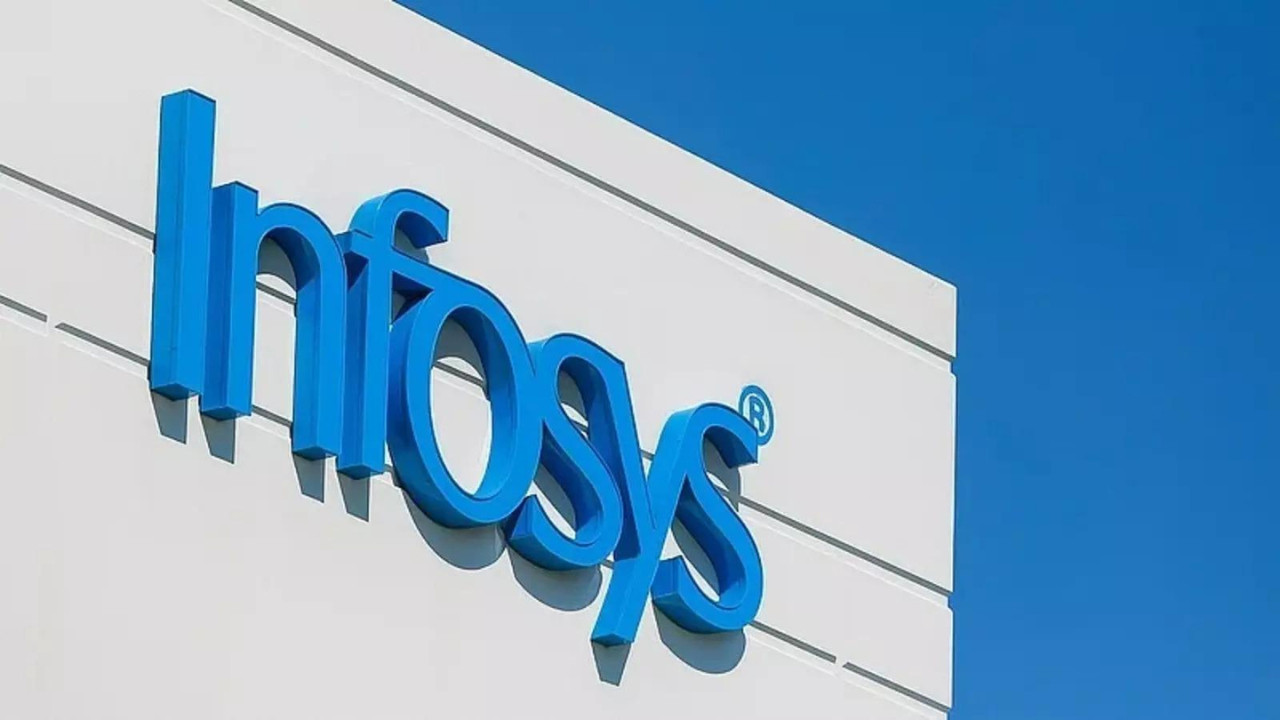Infosys announces its largest-ever share buyback at Rs 18,000 crore, with November 14, 2025, as the record date. The IT giant will repurchase 10 crore shares at Rs 1,800 each, a 19% premium. Promoters are not participating, potentially increasing their stake slightly. Experts anticipate short-term gains for investors before the record date.
Decoding Infosys’s Massive Share Buyback: What’s in it for You?
Infosys, a name synonymous with India’s IT revolution, is about to make headlines again – this time with a share buyback plan that’s making investors sit up and take notice. We’re talking about a whopping ₹18,000 crore (approximately $2.2 billion) – the largest buyback in the company’s history. So, what exactly does this mean, and more importantly, how could it affect you? Let’s break it down.
Understanding the Buzz Around Share Buybacks
First, a quick refresher. A share buyback, also known as share repurchase, is when a company uses its cash reserves to buy back its own shares from the open market. It’s a way for companies to return value to shareholders, often seen as a sign that the company believes its stock is undervalued. Think of it like this: Infosys is essentially saying, “We believe our shares are worth more than the market is giving them credit for, so we’re going to invest in ourselves.”
But why would a company choose to buy back shares instead of, say, issuing dividends? Well, there are a few reasons. Buybacks can reduce the number of outstanding shares, which can lead to an increase in earnings per share (EPS). This makes the company look more attractive to investors. Additionally, buybacks can provide support for the share price, preventing it from falling too low, especially during market volatility. Plus, from a tax perspective, buybacks can sometimes be more tax-efficient for shareholders than dividends, depending on individual circumstances.
Infosys’s Big Move: The Details
Now, let’s dive into the specifics of the Infosys buyback. The company plans to buy back shares at a maximum price of ₹1,850 per share. This is significantly higher than the current market price, making it an enticing prospect for shareholders. The record date, the date by which you need to be a registered shareholder to be eligible to participate, is set for November 14th.

This isn’t the first time Infosys has opted for a buyback. In fact, it’s become a fairly regular practice for the IT giant. Previous buybacks have been well-received by the market, and this latest move signals the company’s continued confidence in its future prospects. It’s a demonstration of a healthy cash position and a commitment to rewarding shareholders.
What’s the Impact on Shareholders?
So, what does this all mean for you, the shareholder? If you hold Infosys shares, you have a few options. You can choose to participate in the buyback by offering your shares to the company at the specified price. This could be a good option if you’re looking to book a profit, especially if you acquired your shares at a lower price.
Alternatively, you can choose to hold onto your shares. If the buyback is successful, it could lead to an increase in the share price, benefiting long-term investors. Even if you don’t participate directly, the buyback can have a positive impact on your overall investment.
Of course, there are no guarantees in the stock market. The success of the buyback will depend on various factors, including market conditions and shareholder participation. However, Infosys’s strong track record and the attractive buyback price suggest that it could be a win-win situation for both the company and its shareholders.
Beyond the Buyback: A Look at Infosys’s Broader Strategy
While the buyback is grabbing headlines, it’s important to remember that it’s just one piece of Infosys’s overall strategy. The company is also investing heavily in new technologies, expanding its global presence, and focusing on delivering innovative solutions to its clients. Learn more about Infosys’s innovative solutions and services on our [related page about Digital Transformation Strategies](digital-transformation-strategies). These efforts are aimed at driving long-term growth and creating sustainable value for shareholders. The buyback can be viewed as complementary to these broader strategic initiatives. It uses the fruits of those labors to give back to investors directly.
Making an Informed Decision
Ultimately, the decision of whether to participate in the buyback or hold onto your shares is a personal one. It depends on your individual investment goals, risk tolerance, and financial situation. It’s always a good idea to consult with a financial advisor before making any investment decisions. However, the Infosys share buyback presents an interesting opportunity for investors, and understanding the details can help you make an informed choice.
The Bottom Line
Infosys’s ₹18,000 crore buyback is a significant event that underscores the company’s financial strength and commitment to shareholder value. It presents a potential opportunity for investors to benefit from a higher share price and demonstrates confidence in the company’s future. Whether you choose to participate or not, understanding the implications of the buyback is crucial for making informed investment decisions. It’s a reflection of Infosys’s position in the market and its ongoing strategy to deliver value to its stakeholders.






